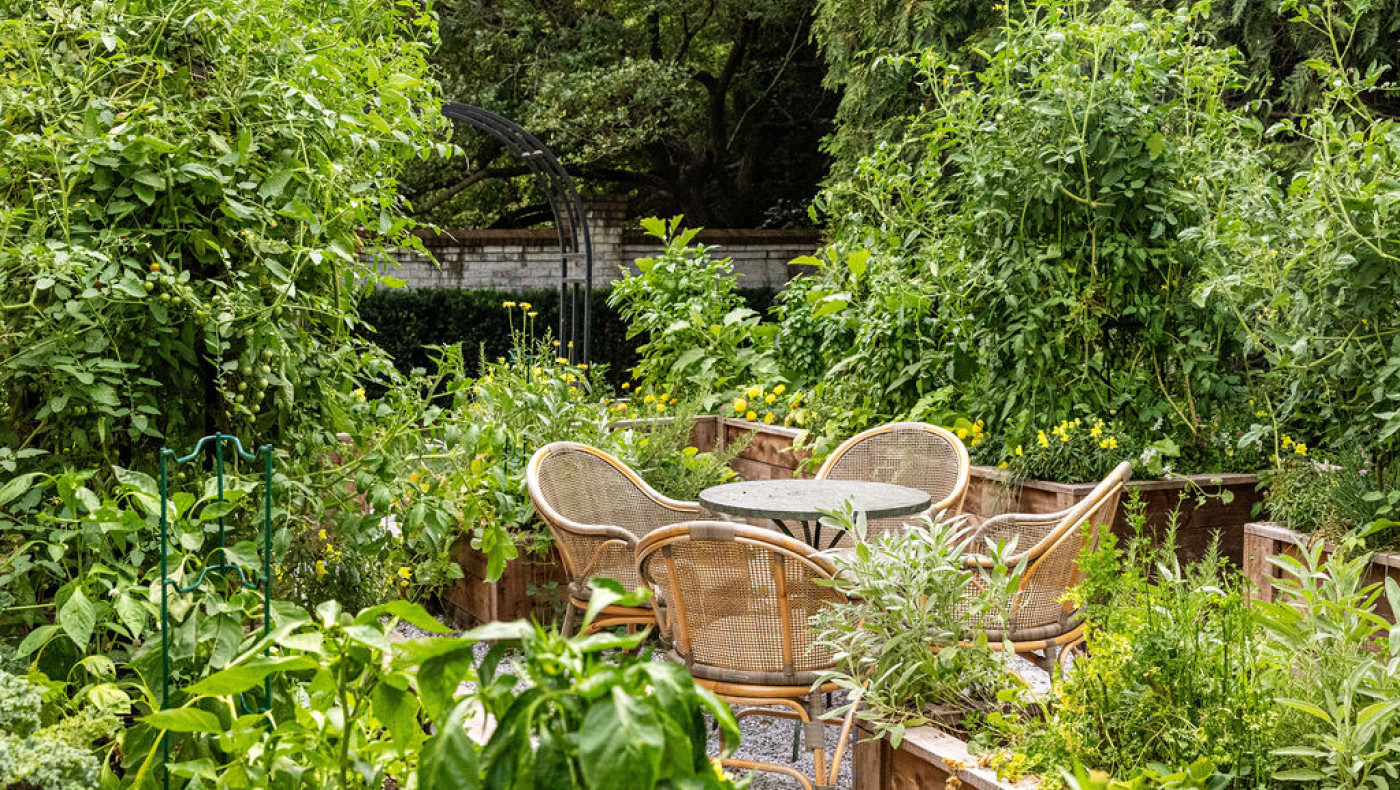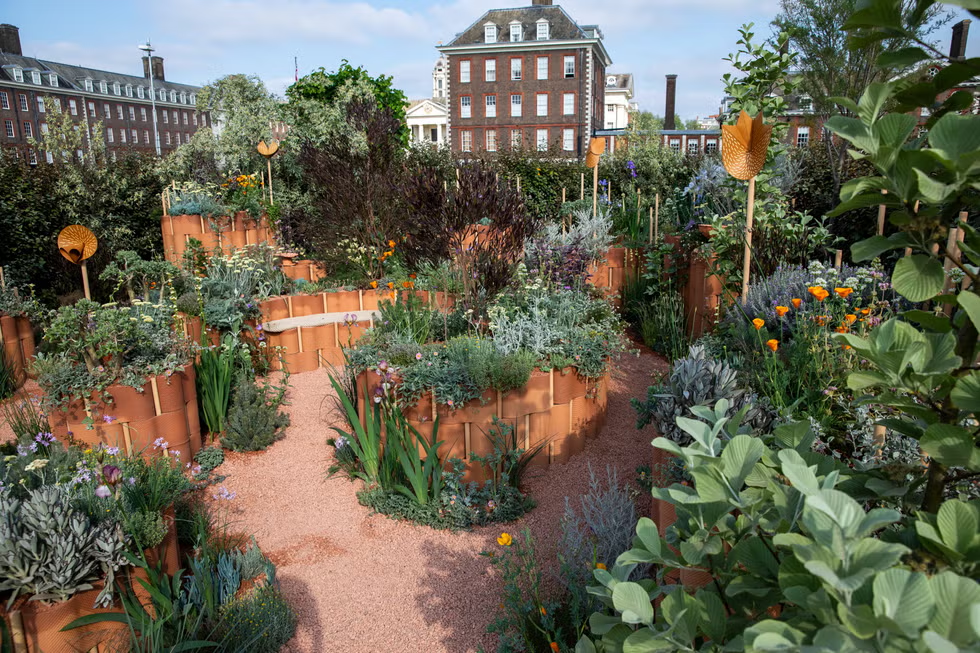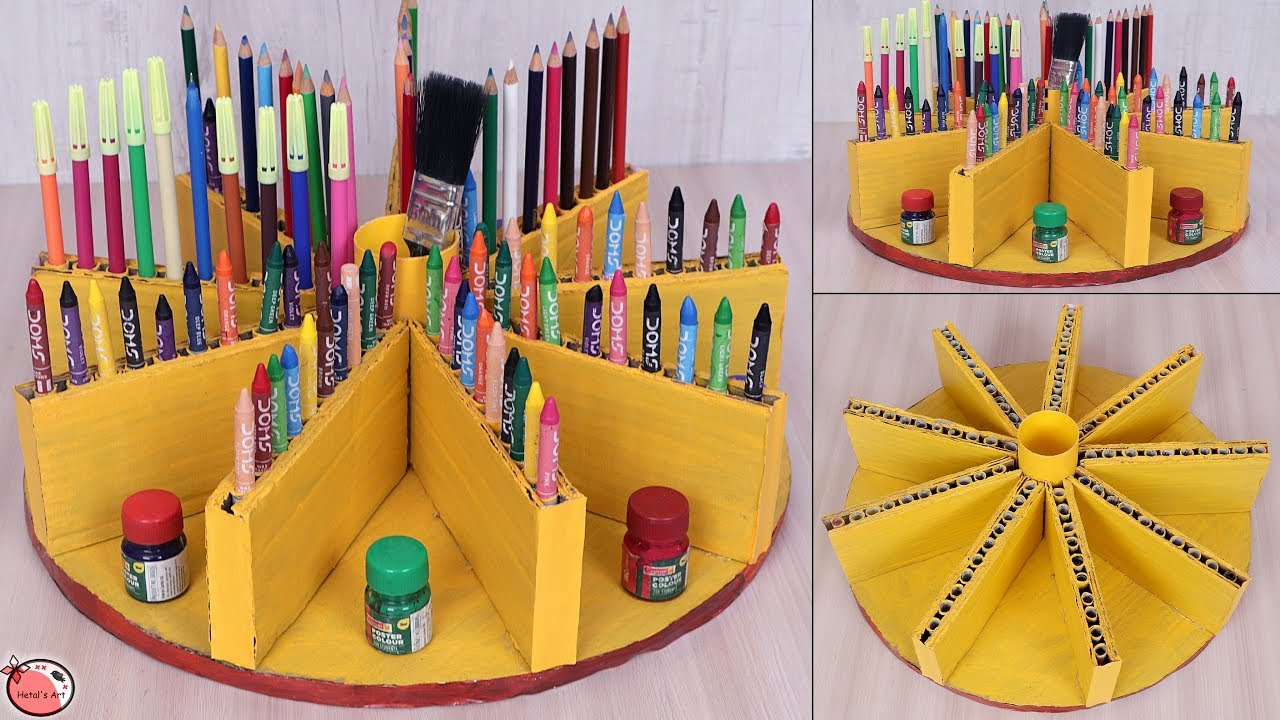Now Reading: Why Low-Maintenance Gardens Are Booming in 2025
-
01
Why Low-Maintenance Gardens Are Booming in 2025
Why Low-Maintenance Gardens Are Booming in 2025

Gardening is no longer just about green thumbs and full weekends of yard work. Today, more homeowners are turning to low-maintenance garden solutions that are both beautiful and practical. These gardens are designed to save time, money, and effort while still creating a relaxing and stylish outdoor space.
Whether you live in a city apartment with a small balcony or a large suburban home with a yard, a low-maintenance garden is the perfect way to enjoy nature without the hard work. In this article, we’ll explore why low-maintenance gardens are growing in popularity, what plants and designs work best, and how to create one for yourself in 2025.
Why People Love Low-Maintenance Gardens

The world is busier than ever, and people are looking for ways to reduce daily stress. A garden is a great place to relax, but traditional gardens often need constant care, watering, weeding, and pruning.
This is where low-maintenance gardening comes in. These gardens are designed to be sustainable, water-efficient, and simple to care for. With smart choices in plants, layout, and materials, anyone can enjoy a lovely garden with minimal effort.
Low-maintenance gardens are also more environmentally friendly. They often use native plants, which are better suited to local climates and require less watering and chemicals. This makes them a great choice for eco-conscious homeowners.
Top Features of a Low-Maintenance Garden
Creating a low-maintenance garden doesn’t mean giving up beauty or variety. In fact, many of these gardens are more visually appealing because they use smart design techniques and modern materials. Here are some features that make a low-maintenance garden work:
- Drought-Tolerant Plants
These plants require little water and can thrive in dry conditions. Examples include lavender, agave, rosemary, and succulents. - Perennials Over Annuals
Perennial plants grow back year after year, so you don’t have to replant them every season. Popular perennials include hostas, echinacea, and ornamental grasses. - Mulching
A thick layer of mulch keeps weeds away, holds moisture in the soil, and gives your garden a tidy look. Organic mulch like bark or wood chips is especially useful. - Ground Covers
Instead of high-maintenance lawns, many gardeners are choosing low-growing ground covers like creeping thyme, sedum, or clover. These options reduce mowing and watering. - Raised Beds and Containers
Growing plants in raised beds or large pots makes them easier to manage. They also help control soil quality and pest problems. - Minimal Lawn Area
Lawns can be beautiful, but they need a lot of care. Reducing the size of your lawn or switching to artificial grass or gravel can save hours of maintenance. - Automatic Irrigation
Drip systems and smart irrigation timers make watering easy and efficient. You can even control them from your phone. - Hardscaping and Outdoor Decor
Features like stone paths, benches, water features, or decorative pebbles add structure and interest without requiring upkeep.
Popular Plant Choices for Low-Maintenance Gardens
Choosing the right plants is the key to long-term success in a low-maintenance garden. Here are some popular options:
- Lavender Beautiful and fragrant, needs little water
- Sedum (Stonecrop) A hardy succulent that spreads easily
- Echinacea (Coneflower) Colorful and attracts pollinators
- Boxwood Great for hedges, requires minimal pruning
- Yucca Striking look and thrives in poor soil
- Thyme Works as a herb and a ground cover
- Ferns Ideal for shady areas and very easy to grow
It’s important to pick plants that suit your local climate. Native plants are always a smart choice because they’re adapted to local conditions and attract local wildlife.
How to Start Your Own Low-Maintenance Garden
Ready to build a low-effort garden of your own? Follow these steps:
- Plan Your Space
Sketch a layout of your garden. Decide where you want paths, beds, seating, and features. Keep it simple and open. - Choose the Right Plants
Select plants that fit your sun exposure, soil type, and water needs. Group similar plants together to make watering easier. - Improve the Soil
Healthy soil helps plants grow strong with less effort. Add compost or organic matter to boost nutrients and drainage. - Install Mulch and Ground Covers
Cover soil areas to prevent weeds and hold moisture. Mulch is your best friend in a low-maintenance garden. - Set Up Irrigation
Install drip irrigation or soaker hoses for easy watering. Set timers so you don’t have to remember. - Add Hardscape Elements
Use stone, gravel, or wood to build paths, patios, and borders. These elements reduce plant areas and add structure. - Keep It Clean and Simple
Less is more. Avoid clutter. Select a few key plants and features to keep the space looking tidy and peaceful.
The Cost of a Low-Maintenance Garden

Many people assume a low-maintenance garden is expensive, but that’s not always true. While some features like raised beds or irrigation systems have an upfront cost, the long-term savings on water, fertilizer, and labor can be significant.
Plus, once your garden is set up, you’ll spend less time and money on upkeep, which means more time to enjoy your outdoor space.
Final Thoughts
Low-maintenance gardens are not only a trend but also a smart way to enjoy nature without the stress. As more people look for sustainable, affordable, and relaxing home upgrades, these gardens are quickly becoming a favorite in 2025.
Whether you’re an experienced gardener or a beginner, a low-maintenance setup gives you all the beauty with half the effort. With the right plants, smart design, and a little planning, your perfect garden is just a few steps away.
Read More:- Deyaar’s Latest Announcement Shakes Up the UAE Property Market






















